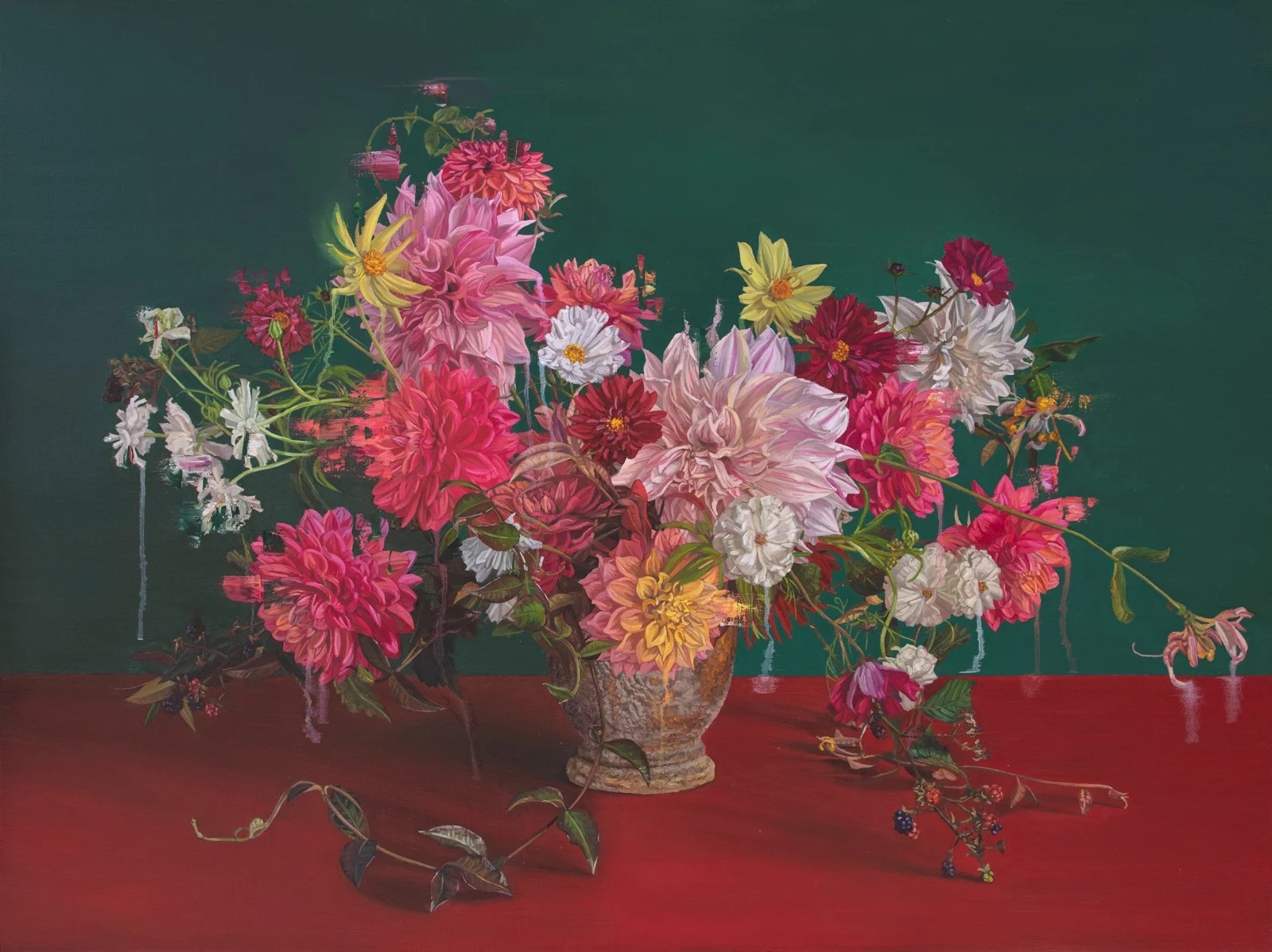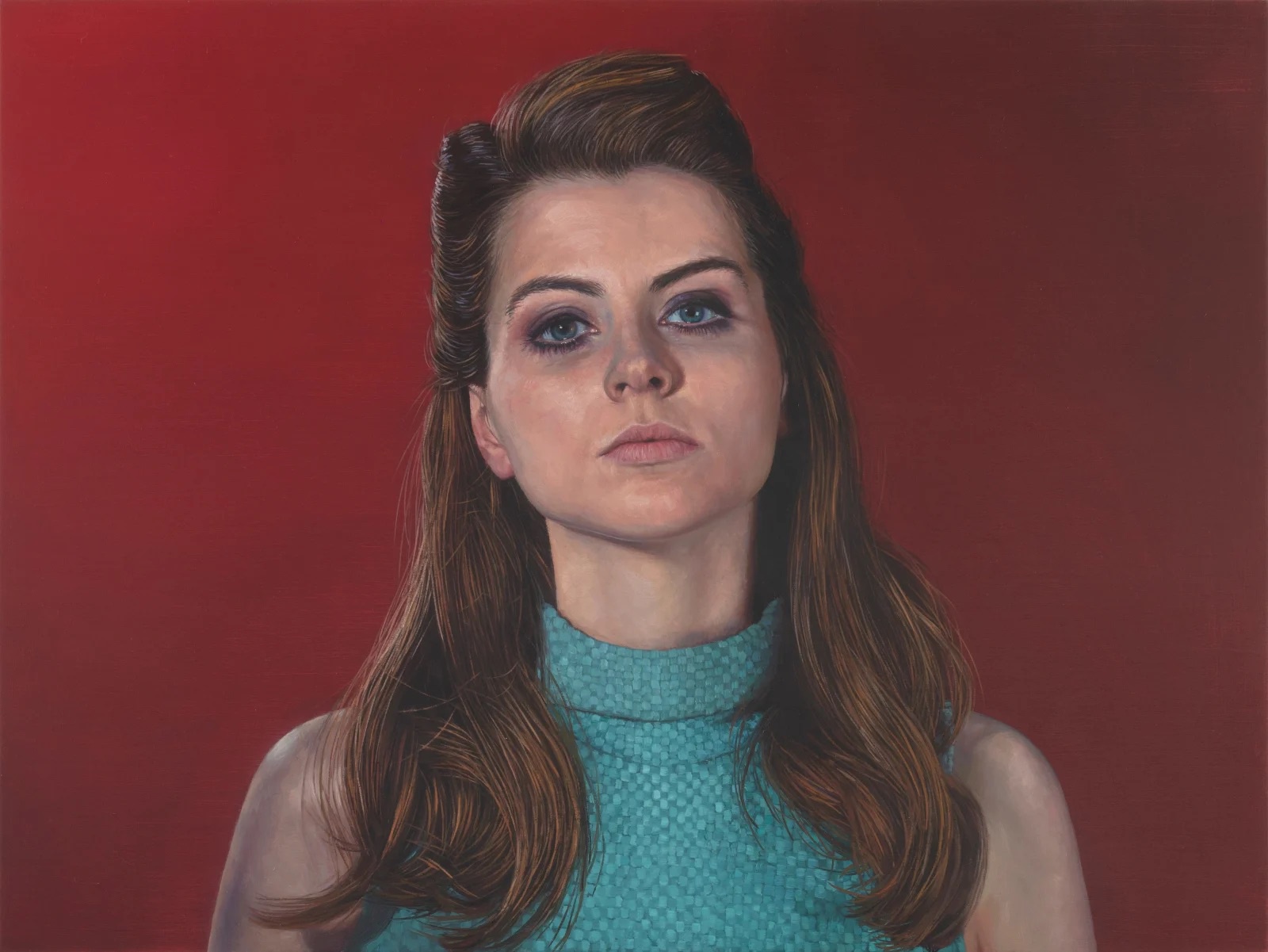Welcome to the Gormleys Blog—your go-to source for expert insights on art investment, collecting, and the latest trends in the art world.
-
Starting an art collection is a deeply personal and fulfilling journey, offering not only aesthetic pleasure but also a chance to connect with history, culture, and individual expression. Contrary to what some may think, art collecting is accessible to everyone—from newcomers who are taking their first steps to seasoned enthusiasts looking to expand their portfolios.
In this guide, we’ll walk you through the key steps in starting your collection, from understanding your motivation to making your first purchase.
Understanding Your Motivation
Before embarking on your collecting journey, it’s important to reflect on why you want to collect art. Your motivation will shape your approach, guiding your choices along the way. Here are some common reasons collectors are drawn to art:
-
Personal enjoyment and appreciation: Many collectors simply love living with art. The joy of owning a piece that speaks to you, something that enhances your living space and personal experience, can be profoundly rewarding.
-
Investment potential: Some view art as a long-term investment, hoping to acquire pieces that may appreciate in value. While the art market can be unpredictable, purchasing well-chosen works can offer financial returns over time.
-
Cultural enrichment: Art connects us to history, society, and culture. Collecting allows you to participate in this dialogue, preserving pieces that reflect important moments in time.
-
Supporting artists and the art community: By collecting, you’re directly supporting the artists you admire, helping them continue their creative endeavours. It’s also a way to sustain the wider art ecosystem, from galleries to art fairs.
Ian Cumberland, Still 12
Setting a Budget
Once you've considered your motivation, setting a budget is the next crucial step. Your budget doesn’t need to be vast to start a meaningful collection, but it should be realistic and considerate of your financial situation.
-
Assess your financial capacity: Determine how much you can comfortably spend without overextending yourself. Collecting art is a long-term commitment, and there will always be opportunities to expand your collection as your budget grows.
-
Be realistic: While your budget may not yet allow for acquiring major works by renowned artists, it’s important to remember that great art is available at all price points. Many collectors start small, gradually investing in their collection as their knowledge and passion grow.
Defining Your Aesthetic and Focus
The world of art is vast, offering countless styles, mediums, and movements. Defining your aesthetic preferences early on will help narrow your focus and make the search for art more enjoyable.
-
Explore different styles: Are you drawn to the bold colours of contemporary art, or do you prefer the subtle elegance of abstract art? Maybe you’re fascinated by the realism of figurative art, or the emotion in expressionist works. By exploring various art styles, you can begin to pinpoint what resonates with you when building your art collection.
-
Consider themes: Many art collectors are attracted to specific subjects, whether it’s nature, urban life, or social issues, and will build their art collection around these. Think about what matters most to you and how that might be reflected in the artwork you choose.
-
Do your research: Spend time visiting galleries, exhibitions, and art fairs, and don’t be afraid to dive into the art world online. Social media, art blogs, and websites, such as Gormleys Gallery, are excellent resources for discovering new works and emerging trends.
-
Keep notes: To help visualise your preferences, consider creating a mood board or keeping a digital collection of artworks that inspire you. This process will help you clarify your tastes as you begin your collection.
Ian Cumberland, Gaze , 2021
Researching and Discovering Art
With your aesthetic defined, it’s time to discover the artworks that will form the heart of your collection. There are many ways to explore the art world, both online and in person:
-
Local galleries and exhibitions: Visiting galleries like Gormleys offers the chance to see pieces up close, interact with curators, and get expert guidance. Exhibitions provide a great introduction to a variety of artists and styles, giving you the opportunity to see how different works speak to you.
-
Art fairs: Events offer a great opportunity to see a wide range of works in one place, with pieces from established artists alongside emerging talent. Art fairs are an ideal setting to explore, compare, and purchase.
-
Online platforms and marketplaces: With the rise of digital art spaces, collectors now have access to a global market. Online platforms offer a convenient way to discover and purchase art, although it’s important to verify authenticity and provenance.
Building Relationships with Galleries and Artists
One of the great aspects of collecting art is developing relationships with galleries and artists. These connections can transform your art collecting experience, providing access to insider knowledge, tailored advice, and a deeper understanding of the art world.
-
Insider knowledge: Establishing a rapport with galleries can open doors to new opportunities, whether it's hearing about upcoming exhibitions, learning about emerging artists, or gaining early access to significant pieces.
-
Personalised advice: When galleries, like Gormleys, get to know your tastes, they can provide personalised recommendations and help you build a cohesive collection over time. Gormleys prides itself on its welcoming and approachable atmosphere, encouraging collectors to engage with art in a way that feels personal and rewarding.
Making Your First Purchase
Your first purchase is a special milestone in your collecting journey. Here are some tips to guide you:
-
Trust your instincts: When you come across a piece that resonates with you, trust that feeling. The emotional connection to a work of art is often the most important factor in deciding whether to acquire it.
-
Check provenance and authenticity: Ensure the piece is genuine by confirming its provenance (ownership history) and authenticity, especially when investing in higher-value works.
-
Start small: There’s no need to begin with a major acquisition. Many collectors start with affordable works, gradually expanding their collection as their confidence and expertise grow.
Caring for Your Art Collection
Once you’ve made your first purchase, it’s essential to care for your art properly to preserve its beauty and value. Here are a few tips:
-
Avoid direct sunlight where possible and humidity: These can damage works over time, particularly works on paper. Choose display locations that provide the right conditions.
-
Use appropriate framing: High-quality framing not only enhances the artwork but also protects it from environmental factors.
By taking proper care of your pieces, you’ll ensure they remain in excellent condition for years to come.
Overall, starting an art collection is a truly rewarding experience, allowing you to engage with creativity, culture, and history in a deeply personal way.
If you’re ready to begin, Gormleys Gallery is here to guide you. We encourage you to reach out to our team for personalised advice and support as you explore the world of art collecting.
Visit our website to explore our range of services, including art sourcing and consultation. -
-


